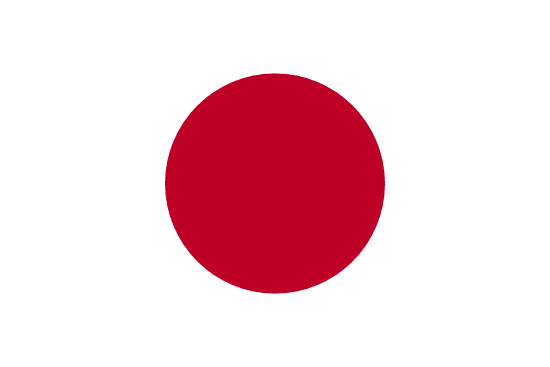"平和の都市 | City of Peace"
About:
Nagasaki, Japan, founded in the late 16th century, became a crucial port for foreign trade, particularly with the Portuguese. Christianity flourished until suppressed by the Tokugawa shogunate. In the late 19th century, it developed as a shipbuilding center. Tragically, Nagasaki was the target of the second atomic bombing in 1945, causing massive devastation. Post-war, it was rebuilt and now stands as a symbol of peace and resilience, housing memorials and museums dedicated to its atomic history.
When to visit:
Nagasaki, a city in southern Japan, boasts a rich history and vibrant culture that attracts travelers year-round. For a holiday visit, the ideal time would be during the cherry blossom season in the spring, typically from late March to early April. This time offers pleasant weather, beautiful cherry blossoms in full bloom, and various festivals celebrating the season. Additionally, the summer months of July and August are popular for events such as the Nagasaki Lantern Festival, showcasing the city's colorful lantern displays and traditional performances. Whether you prefer the cherry blossoms of spring or the festive atmosphere of summer, Nagasaki offers a delightful holiday experience throughout the year.
When to avoid:
Traveling to Nagasaki on a holiday during the rainy season, which typically occurs from June to early July, is generally considered the worst time of year. The heavy rainfall and potential for typhoons can disrupt travel plans and outdoor activities. Additionally, the high humidity during this period can make sightseeing uncomfortable for visitors. It is advisable to avoid traveling to Nagasaki during the rainy season to ensure a more enjoyable and hassle-free holiday experience.
"Winter Season (Dec-Feb)"
In Nagasaki, winter (December to February) is the coldest part of the year, with temperatures averaging between 5-10°C. Rainfall is lighter compared to other seasons, but the city experiences occasional snowfall. The days are shorter with around 5-6 hours of sunlight, often dimmed by moderate cloud cover. An average day for a visitor might involve bracing the chilly weather, with intermittent sunshine peeking through the clouds. Layered clothing is recommended for outdoor activities. Despite the cold, the city's beauty remains undiminished, offering serene winter views.
Summer (June - August)
The warmest part of the year in Nagasaki, Japan, typically spans from June to September, with temperatures peaking in August. The average high temperatures during this period range from 27°C (80°F) to 31°C (88°F), while the lows can vary between 20°C (68°F) and 25°C (77°F).
This period is also characterized by high rainfall due to the rainy season (Tsuyu) in June and July, and typhoon season in August and September. The monthly average rainfall can be as high as 300mm in June, gradually decreasing to around 150mm by September.
Sunlight is abundant but varies due to the rainy and typhoon seasons. On average, Nagasaki experiences 5-6 hours of sunshine per day during these months.
Humidity is quite high, often exceeding 80%, which can make the heat feel more intense.
As for cloudiness, the sky tends to be partly cloudy to overcast due to the monsoon influence and typhoon season, especially in June and July.
For a visitor, a typical day in Nagasaki during the warmest part of the year would feel hot and humid. Mornings might start with sunshine, but the afternoons often bring cloud cover and possibly rain showers. Despite the high humidity and rainfall, there are also plenty of sunny days, making it a good time for indoor as well as some outdoor activities. However, visitors should be prepared for sudden weather changes and always carry an umbrella.
Language:
In Nagasaki, Japan, the most commonly spoken language is Japanese. However, due to its historical significance as a port city, there's also a notable presence of foreign languages. English is taught in schools and often used in business settings. Additionally, there are communities of Chinese and Korean speakers, reflecting Nagasaki's close geographical and cultural ties with these countries.




